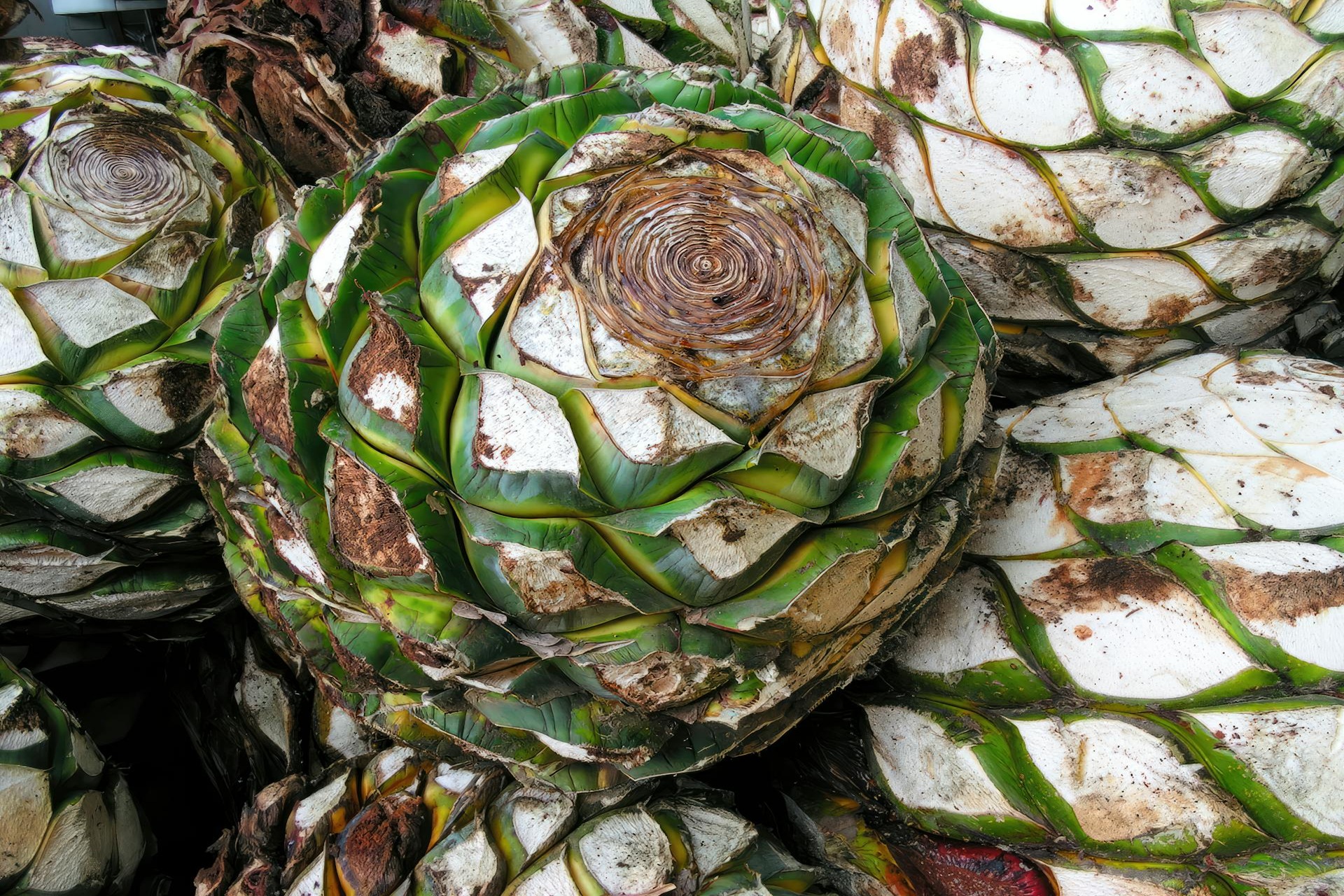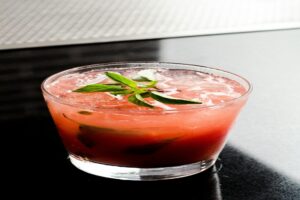From Agave Fields to Your Glass
Tequila is more than just a spirit—it’s a symbol of Mexican heritage, tradition, and craftsmanship. But have you ever wondered how this world-renowned drink is made? From the sun-drenched agave fields to the final bottled product, tequila undergoes a fascinating transformation. Let’s dive into the step-by-step process of making tequila, revealing the care and expertise behind every sip.
1. Harvesting the Blue Weber Agave
The heart of tequila lies in the Blue Weber agave plant, which takes anywhere from five to seven years to mature. This slow-growing succulent thrives in the volcanic soils of Jalisco, Mexico. Once ready for harvest, skilled jimadores (agave farmers) use a specialized tool called a coa to trim away the spiky leaves, revealing the core or “piña,” which contains the rich sugars needed for fermentation.
2. Cooking the Agave
After harvesting, the piñas are taken to the distillery, where they are roasted to break down their complex carbohydrates into fermentable sugars. Traditionally, this is done in brick ovens known as hornos, which cook the agave slowly over several days. Modern distilleries may use autoclaves—high-pressure steam cookers—that speed up the process while maintaining flavor integrity.
3. Extracting the Juices
Once cooked, the softened agave hearts are crushed to extract their sweet juices, known as aguamiel. Traditional tequila makers use a massive stone wheel called a tahona, while contemporary producers often rely on mechanical shredders to press out every last drop of nectar.
4. Fermentation: The Birth of Alcohol
The extracted juice is then transferred to fermentation tanks, where natural or cultivated yeast is introduced. Over several days, yeast transforms the sugars into alcohol, creating a raw, flavorful liquid with the distinct earthy and floral notes characteristic of tequila.
5. Distillation: Refining the Spirit
Tequila undergoes two rounds of distillation, usually in copper or stainless steel stills. The first distillation, called the “destrozamiento,” results in a cloudy liquid known as ordinario. The second, known as “rectificación,” refines the spirit further, producing a clear and strong tequila known as silver or blanco tequila.
6. Aging for Complexity (Optional)
While some tequilas, like blanco, are bottled immediately, others undergo aging to develop richer flavors. Aging occurs in oak barrels and results in different classifications:
Reposado (rested): Aged for 2 months to a year, gaining a light golden color and smoothness.
Añejo (aged): Aged for 1 to 3 years, resulting in a deeper amber hue and complex flavors.
Extra Añejo (extra aged): Aged over 3 years, offering a rich, almost whiskey-like depth.
7. Bottling: The Final Step
Before reaching store shelves, tequila is filtered, adjusted to the desired alcohol content, and bottled. Some brands may add a final touch by blending different aged tequilas to create unique flavor profiles.
The Legacy in Every Sip
From the careful harvesting of agave to the intricate distillation and aging process, tequila is truly a labor of love. Whether you enjoy it neat, in a cocktail, or as a celebratory shot, knowing the craftsmanship behind tequila makes every sip even more special.
Next time you raise a glass, toast to the generations of artisans who have perfected this timeless spirit!




